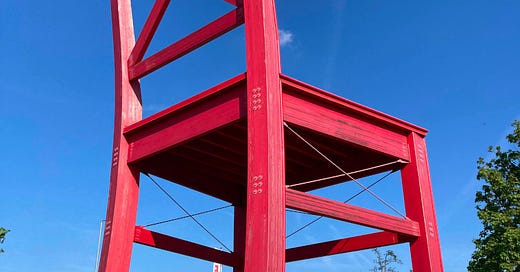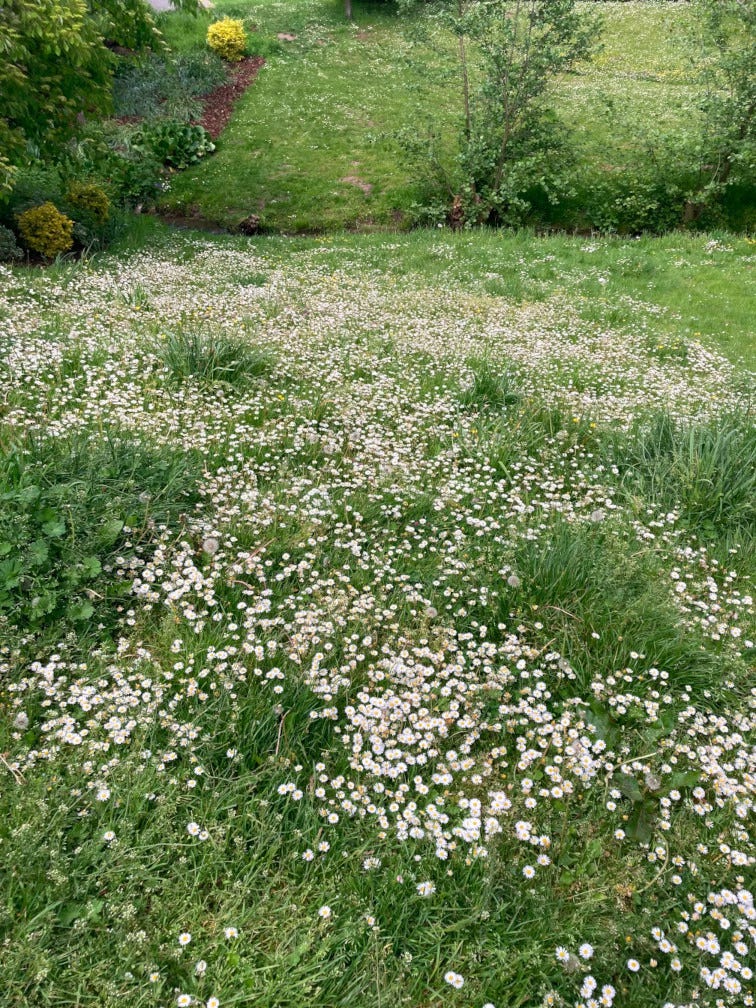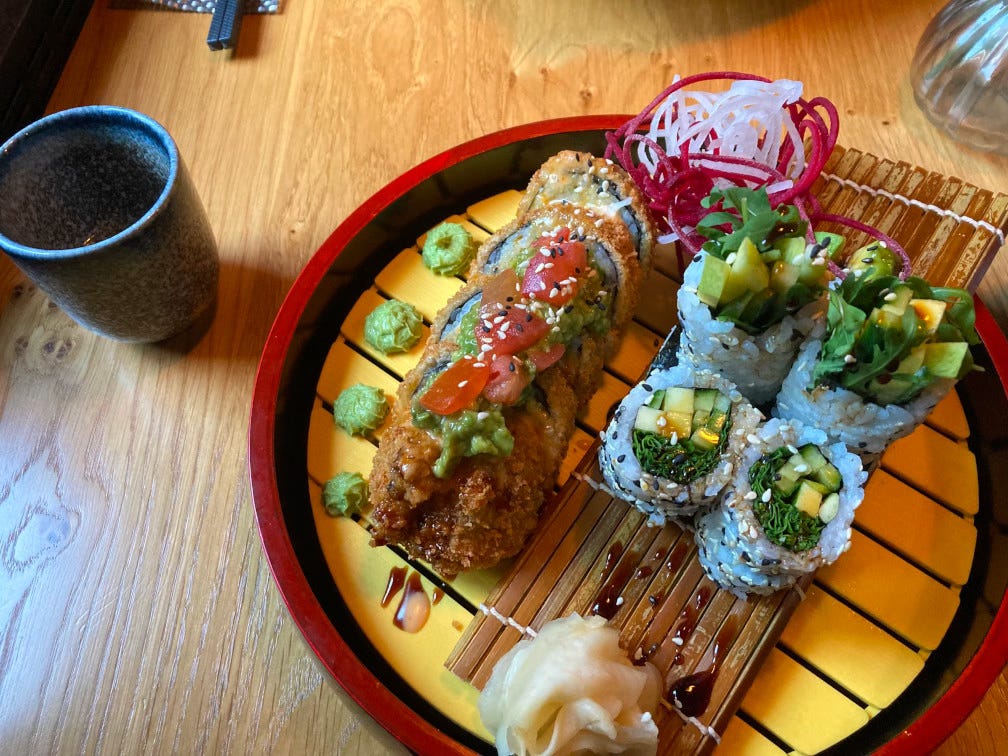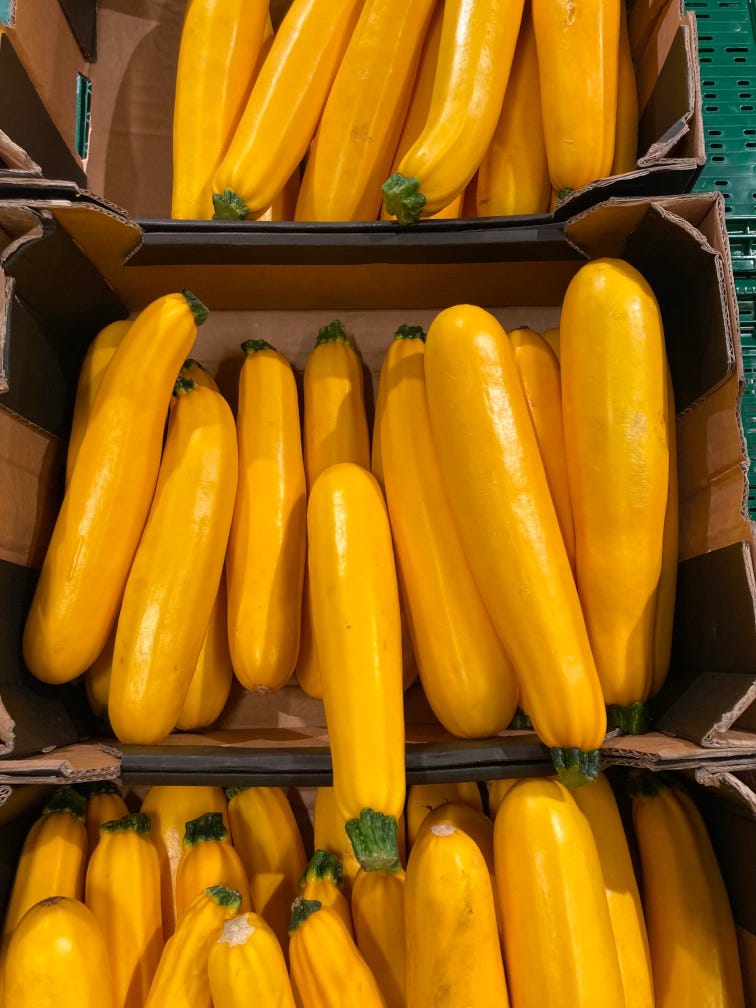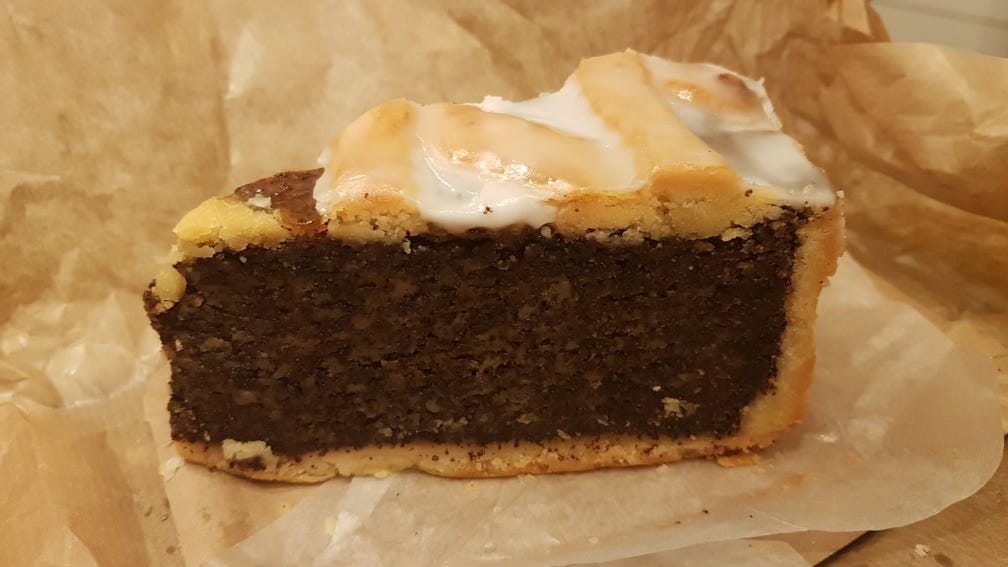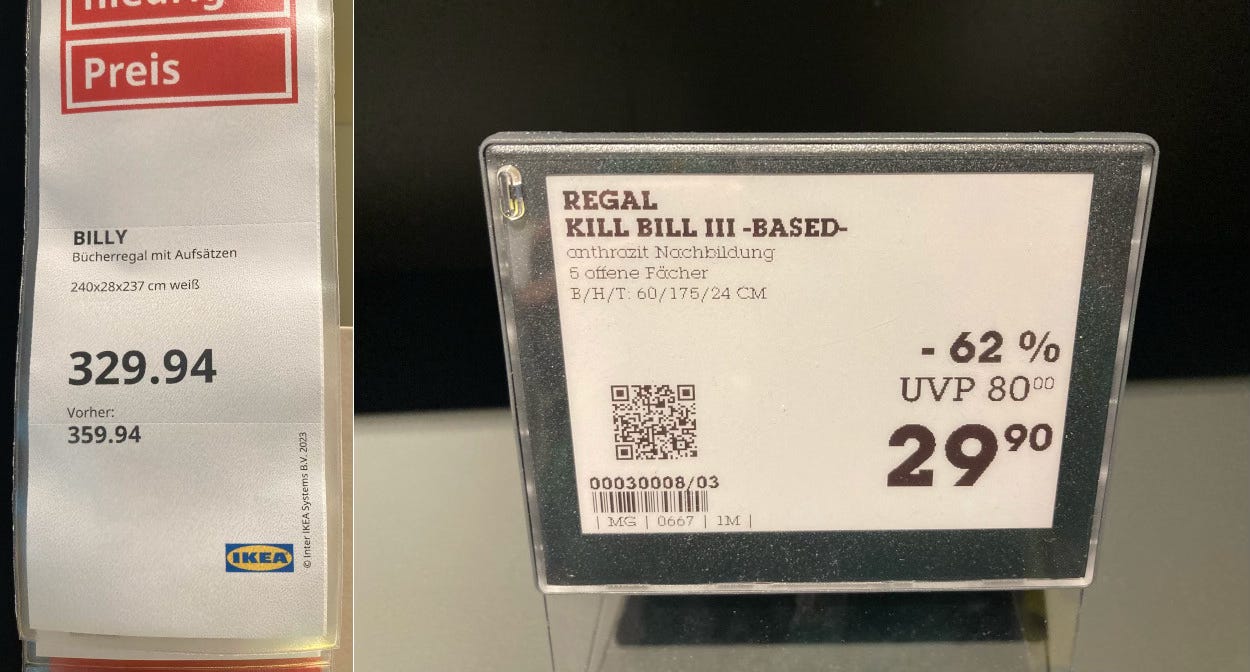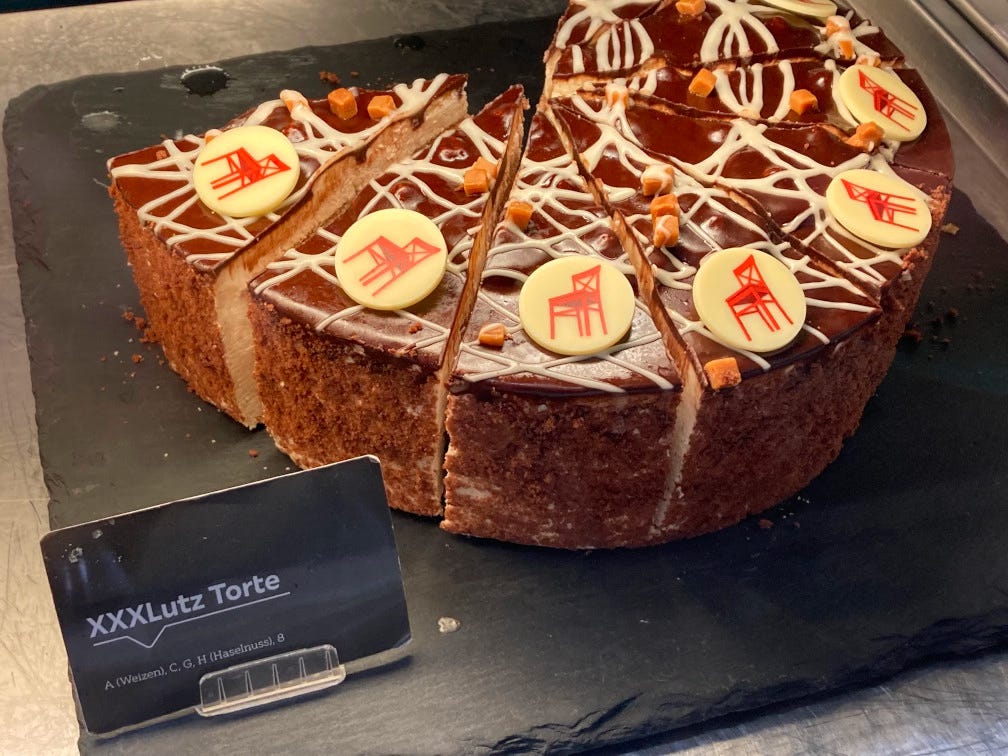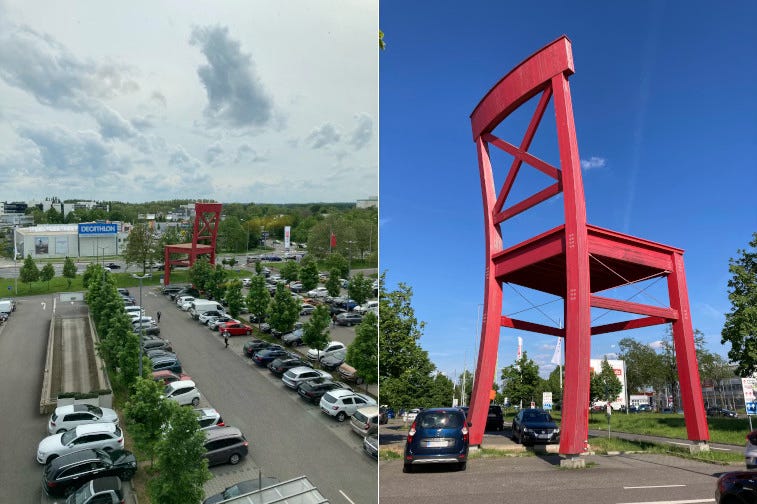The strawberries are plump and heaps of jumbo white asparagus, called Spargel, are stacked high on farm market stands. Every patch of grass is carpeted with Gänseblümchen (little white daisies). Locals laze in the parks on their blankets and the line at my favourite ice cream parlour is interminably long – made doubly irritating when they manage to run out of chocolate right as one steps up to the counter.
It’s springtime in Germany which, were it not for the flowers and produce, might not be immediately apparent given that grey skies and rain continue to make their appearance regularly.
Every time I come here I discover some quirk I’ve never before encountered in South Africa – often on the food front. Last visit it was vegetarian sushi with asparagus and rocket: two ingredients glaringly absent from any hand roll I’ve ever seen. This time it’s yellow zucchini.
Each visit seems to yield an ever greater array of commercially produced poppy seed pastries: from the Mohnschnecke (poppy seed snail) to the Mohnschleife (poppy seed bow) to wedges of densely packed cake. While its counterparts in South Africa are usually featured scantily sprinkled on bagels and loaves of bread, the poppy seed plays a starring role in baked goods here.
Then there are the other types of quirks, ones that aren’t quite as appealing, such as the peculiarities of hiring an apartment. Berlin is notorious for its cut-throat rental market: far too few dwellings for the hordes clamouring for housing. But even in Wiesbaden, a city whose population is thirteen times smaller, and where a far smaller proportion of internationals is beating a path to its door, the rental market race is also very much won by the swift.
Then you have the quite absurd situation in most rental apartments in Germany of having to install your own kitchen, having to install your own cupboards and closets, and having to install your own lights. In South Africa, if you were to suggest to prospective tenants that they will need to install their own kitchen – from appliances to cabinetry to sink to faucet – they would regard you rather incredulously.
But in Germany, it’s just the way of things: exposed wires hang from ceilings where lights should be and bedrooms are bare squares. The bare square masquerading as the kitchen has the one differentiating addition of a water connection tap jutting out from the wall, and possibly some tiles around it.
It’s utterly bizarre as a foreigner to be presented with a “kitchen” that looks like this. But, as I’m told by the German, my partner and playmate, tenants won’t necessarily have the same taste as owners and that’s why people prefer to put in their own kitchens.
Yet the bathrooms all come kitted out with toilets, showers/baths, basins and fixtures. One doesn’t get a satisfactory answer as to why the taste rule doesn’t apply to tenants procuring their own sanitaryware too.
It’s pretty great to be a landlord in Germany. You rent out a batch of mostly empty interlinking rooms. The most expensive items to outfit a property are for the tenant’s account, and there’s a wide pool of panting prospective tenants to choose from.
The idea of negotiating the rental amount is out of the question (in South Africa, it’s to be expected that there might be something of a discussion). And apartment building tenants also pay for “side costs”, which often includes what would usually be covered by owners, at least in South Africa: municipal garbage collection, for instance, and common area cleaning (in other instances, tenants do this themselves).
This is Germany so there’s not much tea and sympathy to be had from the stresses and strains of securing and then outfitting someone else’s apartment. But coffee and cake is widely on offer, not to mention a bit of retail comic relief.
One of the staples from IKEA, the Swedish furniture and homewares behemoth, is the “Billy” bookcase. XXXLutz, a very large German furniture and homewares retailer, carries the “Kill Bill” bookcase. And once you’ve had a chuckle over that – or perhaps a weary smile depending on how much time you’ve spent in IKEA that day – you can venture to the in-store cafe where there is no house wine but there is house cake.
And as you take a seat at the window and gaze out at the strip malls and parking lots below, plopped in the middle, looming over the cars, is a giant red chair. Providing a spot of surrealist visual interest, I like to think it’s intended as a whimsical distraction from the dangling wires and otherwise empty shell of one’s temporary new digs.

